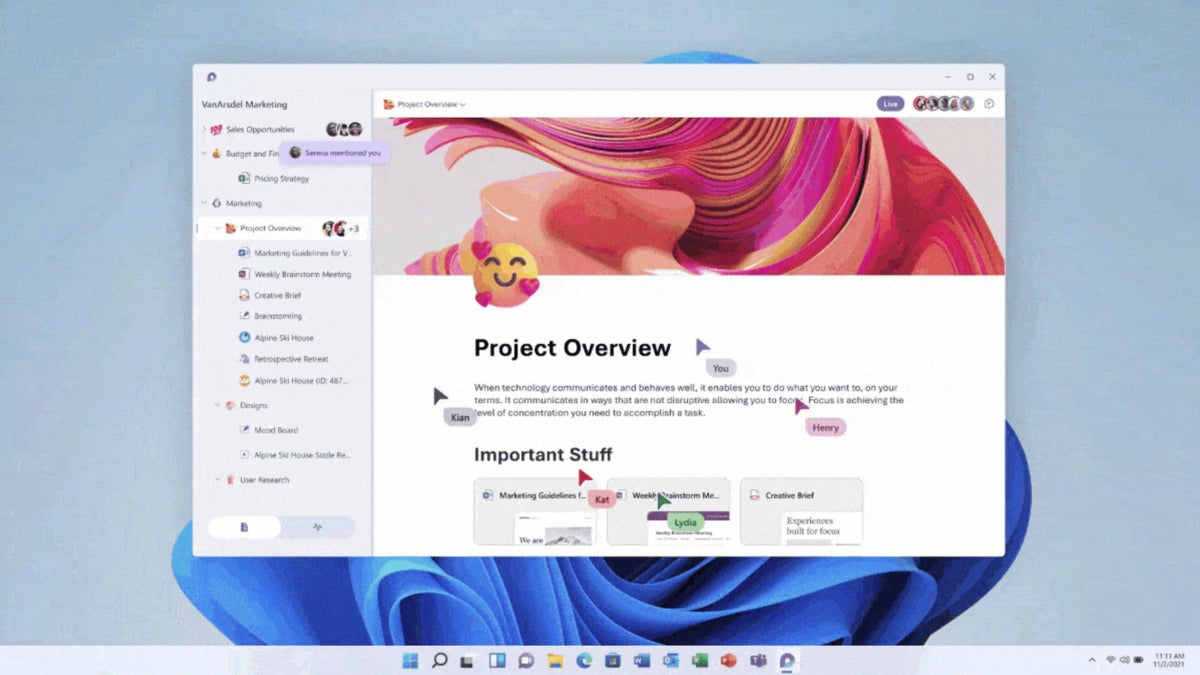































Microsoft this week unveiled a new productivity application, Loop, that combines elements of documents, spreadsheets, and presentation apps in a single collaborative space.
"The technology is effectively Microsoft's vision for the future of Office, breaking down the rigid barriers between different types of file format, allowing content to be deconstructed into modular components that can easily be shared between applications, making it easier to create content collaboratively," said Angela Ashenden, principal analyst at CCS Insight.
Although the app itself is new, Microsoft has been paving the way for Loop for some time with its Fluid Framework. Announced two years ago, the Fluid Framework removes barriers between Microsoft 365 applications, allowing app components such as tables, charts, and lists to be embedded into different apps and updated in real-time by multiple users. For instance, changes made to an inventory list table or updates to meeting notes in OneNote will instantly be viewable if the component is also embedded in Outlook or Teams.
These Fluid components - now called "Loop components" or "Loops" - are one of the three key elements in the new app. These Loop component building blocks can be embedded into a Loop "page" that serves as a shared canvas, containing a variety of information sources that relate to a particular team project, for example. Loop pages are then organized into Loop "workspaces," which provide an overview of multiple documents.
 Microsoft
Microsoft Loop pages can be organized into Loop workspaces.
Microsoft said Loop components will be accessible in Microsoft Teams, Outlook, and OneNote later this month. The company promised more details about the availability of the standalone Loop app "in the coming months."
"The launch of Loop is a bold move by Microsoft," said Ra
 Etiquetas calientes:
Pequeñas y medianas empresas
Software de colaboración
Software de productividad
Microsoft Office
Etiquetas calientes:
Pequeñas y medianas empresas
Software de colaboración
Software de productividad
Microsoft Office